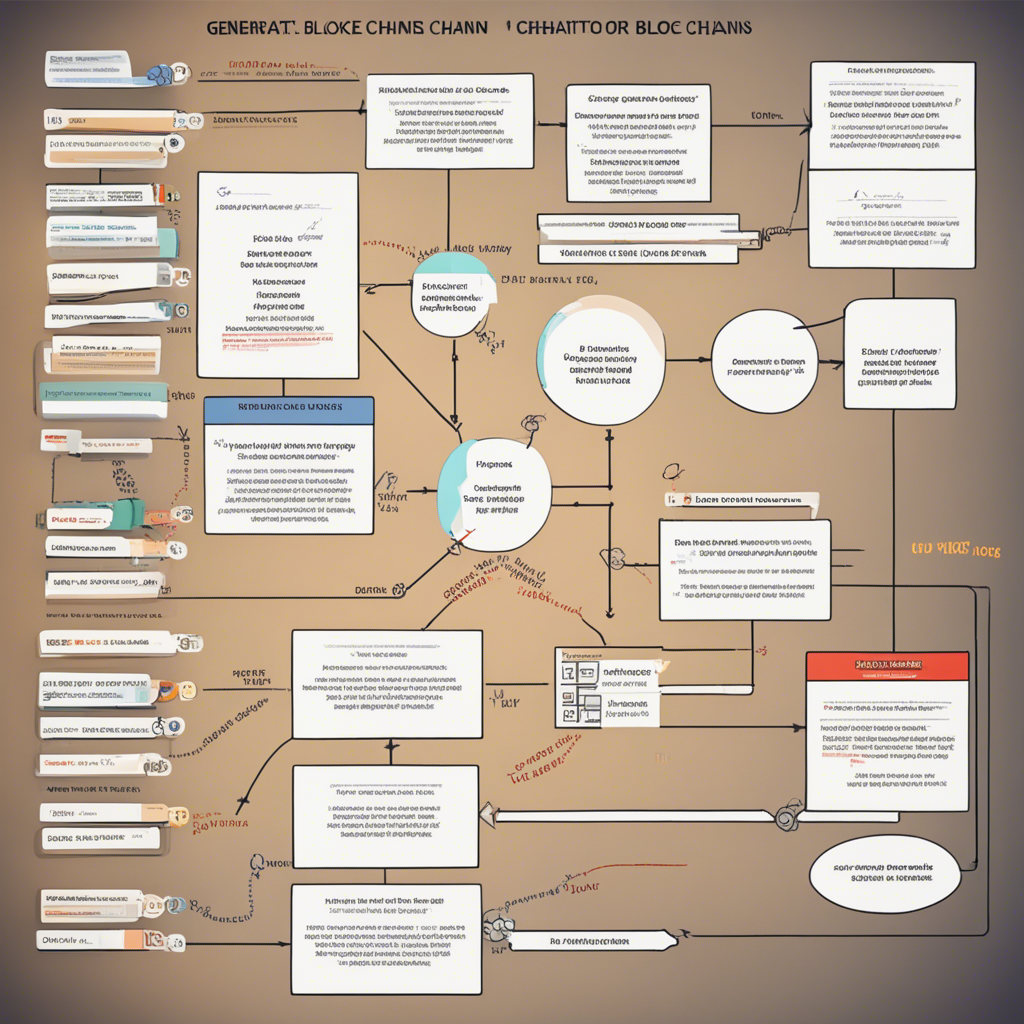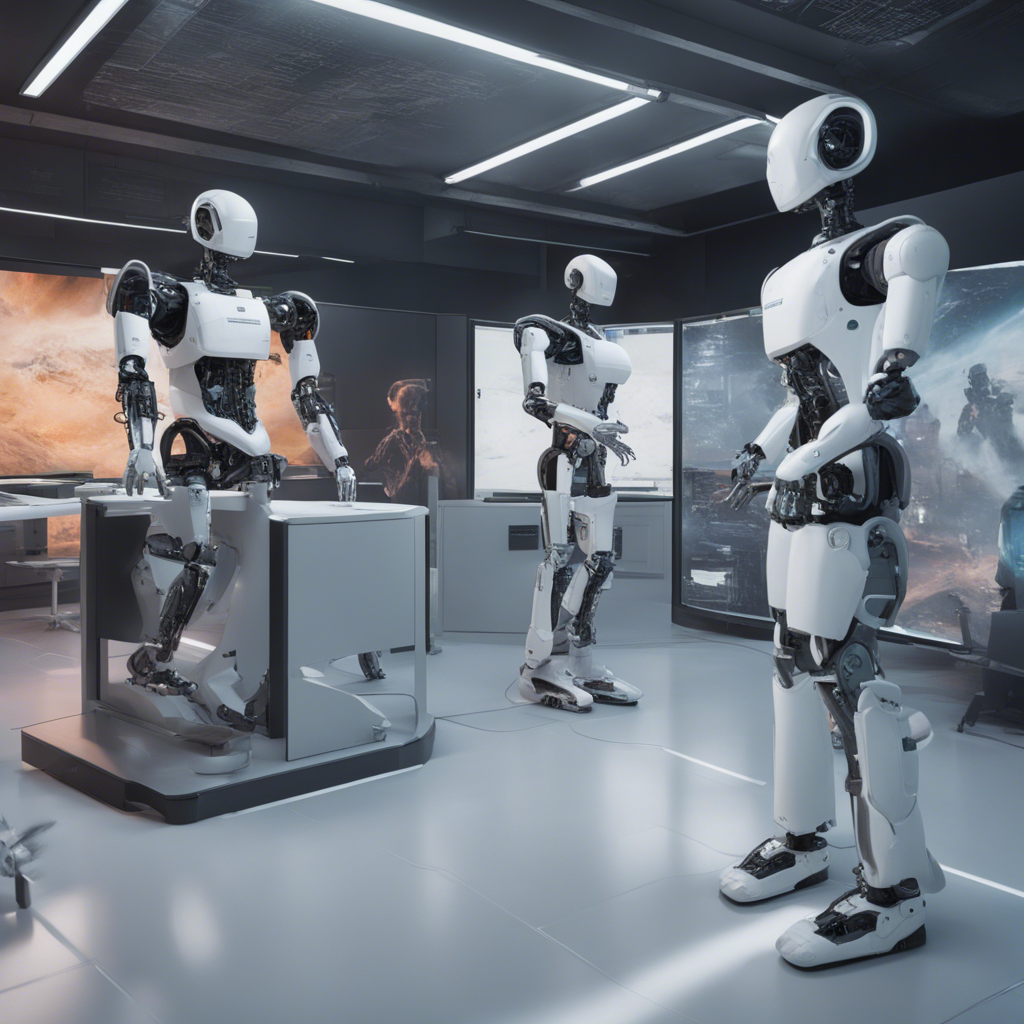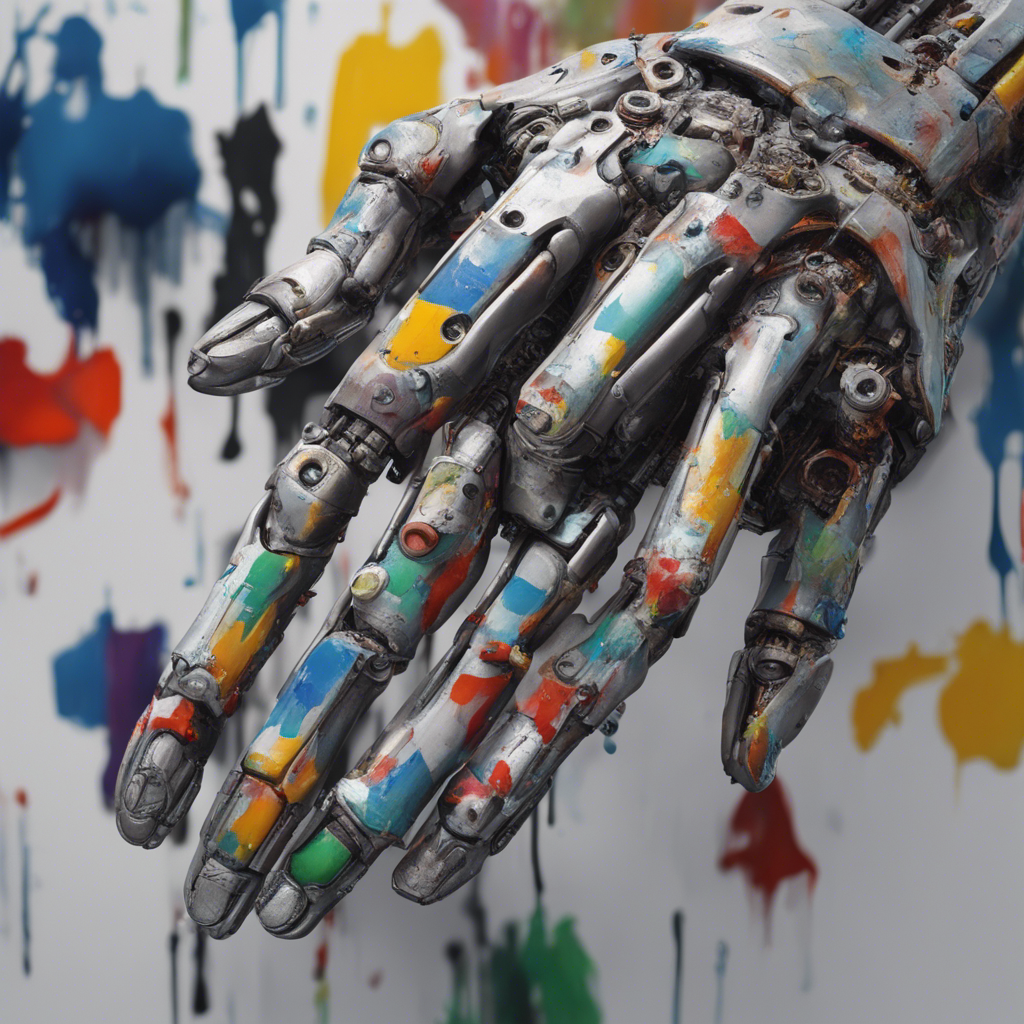
AI and Cybersecurity: The Future of Online Safety
Image Source: Pixabay
With the rapid advancement of technology, the internet has become an integral part of our lives. From shopping and banking to socializing and working, we rely heavily on digital platforms. However, this increased reliance on the online world also brings with it a heightened risk of cybersecurity threats. As cybercriminals become more sophisticated, it is essential to adopt innovative measures to protect our data and ensure online safety. This is where Artificial Intelligence (AI) comes into play.
Understanding AI in Cybersecurity
Artificial Intelligence is an area of computer science that focuses on the development of intelligent machines capable of mimicking human cognitive processes. In the context of cybersecurity, AI leverages its ability to analyze vast amounts of data quickly, detect patterns, and make informed decisions. This helps in identifying potential threats and responding to them effectively.
AI can be implemented in cybersecurity through a variety of applications, including:
- Threat Detection: AI algorithms can analyze network traffic, system logs, and user behavior to identify anomalous activities that may indicate a cyber attack.
- Malware Detection and Prevention: AI-powered systems can recognize patterns in code or file characteristics to identify and block malicious software.
- User Authentication: AI-based biometric systems, such as facial or voice recognition, can enhance user authentication processes, reducing the risk of unauthorized access.
- Automated Incident Response: AI can automate the identification and response to cyber threats, minimizing the time between detection and remediation.
- Vulnerability Management: AI algorithms can identify weaknesses in systems and suggest appropriate measures to mitigate them.
- Predictive Analytics: AI can analyze historical data to predict future attack patterns, enabling organizations to proactively strengthen their defenses.
Benefits of AI in Cybersecurity
- Enhanced Threat Detection: Traditional cybersecurity systems often struggle to keep pace with evolving threats. AI’s ability to analyze massive amounts of data and quickly identify patterns allows for more effective threat detection.
- Reduced Response Time: AI can autonomously respond to cyber threats, dramatically reducing the time between detection and mitigation. This minimizes the potential damage caused by attacks.
- Improved Accuracy: AI algorithms can identify subtle indicators of malicious activities that might go unnoticed by human analysts, increasing the accuracy of threat detection.
- 24/7 Monitoring: AI-powered systems can continuously monitor networks, devices, and user behavior, providing round-the-clock protection against cyber threats.
- Minimized Human Error: By automating routine tasks and decision-making processes, AI reduces the risk of human error, which is often exploited by cybercriminals.
- Scalability: AI systems can handle ever-increasing amounts of data, making them ideal for securing large-scale networks and complex infrastructures.
Challenges and Limitations
While AI offers significant benefits for cybersecurity, it is not without its challenges and limitations. Some of the key considerations include:
- Adversarial Attacks: Cybercriminals can use AI techniques to evade detection and launch sophisticated attacks. This necessitates the development of AI systems that are resilient against adversarial manipulation.
- Ethical Concerns: The use of AI in cybersecurity raises ethical questions around privacy, bias, and human accountability. Striking a balance between technological advancements and safeguarding individual rights is crucial.
- Complex Implementation: Integrating AI systems into existing cybersecurity frameworks can be a complex process that requires skilled professionals.
- Overreliance on AI: While AI can automate many tasks, the expertise of human analysts is still essential. Over-reliance on AI without human oversight can lead to missed threats or false positives.
The Future of AI and Cybersecurity
As cyber threats continue to evolve, the role of AI in cybersecurity will become increasingly important. Here are some potential future developments:
- Adaptive and Self-Learning Systems: AI systems that can adapt and learn from new threats in real-time will be crucial in staying one step ahead of cybercriminals.
- Collaborative Defense Mechanisms: AI-based platforms that enable organizations and security systems to share threat intelligence and collaborate in real-time will strengthen overall cybersecurity.
- Explainable AI: As AI becomes more integrated into cybersecurity decision-making, there will be a push for transparency and explainability to gain user trust and ensure accountability.
- Privacy-Preserving AI: Privacy concerns will drive the development of AI algorithms that can analyze data without compromising individual privacy.
- AI-Powered Cybersecurity Workforce: AI technologies will assist cybersecurity professionals by automating tedious tasks, allowing them to focus on high-level strategic analysis and decision-making.
Conclusion
AI has the potential to revolutionize cybersecurity by significantly enhancing threat detection, response time, and overall online safety. It offers improved accuracy, scalability, and 24/7 monitoring capabilities, enabling organizations to effectively safeguard their digital assets. However, ethical considerations, adversarial attacks, and the need for human oversight must be addressed to fully harness the benefits of AI in cybersecurity. With continuous advancements and innovations, AI and cybersecurity will continue to evolve hand in hand, shaping the future of online safety.
References:






